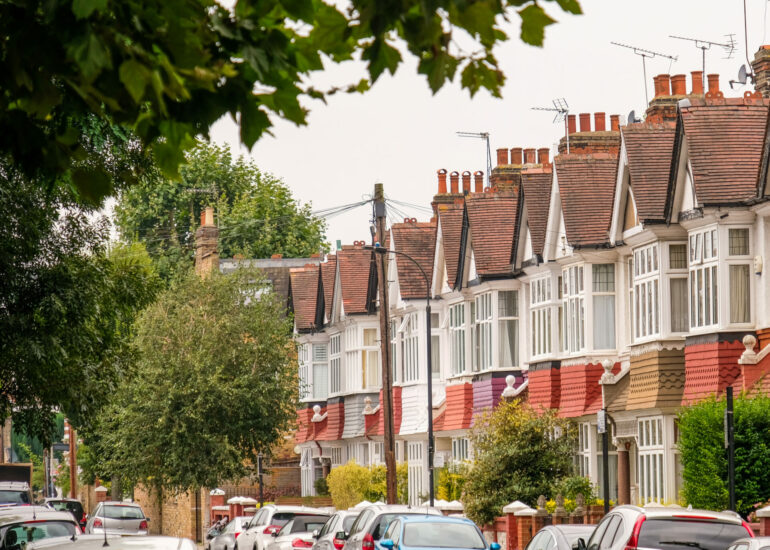Rental growth reached 3.9%, down from 9.1% last year, the lowest growth rate since August 2021, Zoopla’s Quarterly Rental Market Report has revealed.
The slowdown resulted from a narrowing supply-demand imbalance as demand fell by 29% and supply grew by 12%.
Affordability pressures were also a significant factor in slower rental growth in high-rent areas, with the average annual renting cost rising to £15,240, an increase of £3,240 over three years.
London experienced the most significant decline, with average rents 1.3% higher over the last year, down from highs of 8.7% a year ago.
Average rents in the area were £2,190 per month, 1.7 times higher than the UK average.
In contrast, Northern Ireland saw an increase of 10.5% and the North East 8.7%.
The cost of rent rose from £12,000 in 2021 to £15,240, a 27% rise that surpasses a 19% increase in earnings during the same period.
Rents are increasing fastest in Northern Ireland and the North East due to their lower average rents.
In outer London, rents rose by 3% to 6%, led by Havering at 5.9% and Barking & Dagenham at 5.2%.
Inner London saw rental growth of less than 1% in areas like Tower Hamlets and Greenwich.
Outside London, rents surged in places such as Rochdale at 11.9% and Newcastle at 8.7%, reflecting a catch-up effect in more affordable markets.
Nottingham stands out as the only city where rental growth stagnated due to an increase in available homes allowing renters more choice. Rents there have remained unchanged over the past year.
Looking ahead, Zoopla said it does not expect a significant rise in rental supply in 2025, despite availability being 12% higher than last year.
The number of homes for rent remains below pre-pandemic levels, apart from the East Midlands.
Richard Donnell, executive director at Zoopla, said: “Private renters moving home have faced rents rising faster than earnings over the last three years.
“The number of rented homes hasn’t grown since 2016 creating scarcity for renters at a time when demand has boomed on a strong labour market and the rising cost of home ownership.
“Rental growth has slowed but we expect an ongoing lack of rental supply to keep an upward pressure on rents.
Donnell added: “The ambitions to expand home building are important as the quickest way to ease the pressure on renters is to boost the supply of private and social rented homes.
“Private landlords will continue to play an important role and should be encouraged to remain in the market.”
Angharad Trueman, ARLA Propertymark President, said: “Whilst it is encouraging for renters to see price rises starting to slow down, plus data showing the gap between supply and demand starting to narrow too, there is still much work that needs to be done to ensure that the private rental sector can deliver stability for both landlords and tenants.
“This ideally should include revisiting tax structures and regulations that are deterring long term investment in the private rental market.
Trueman added: “It is vital there is robust provision that helps ensure the supply of rental homes grows in line with predicted increases in demand.
“The Renters’ Rights Bill that is currently being debated in Parliament, which will pave the way for the biggest overhaul in regulations for the rental market in over thirty years must provide fairness and balance moving forward for all involved.”



